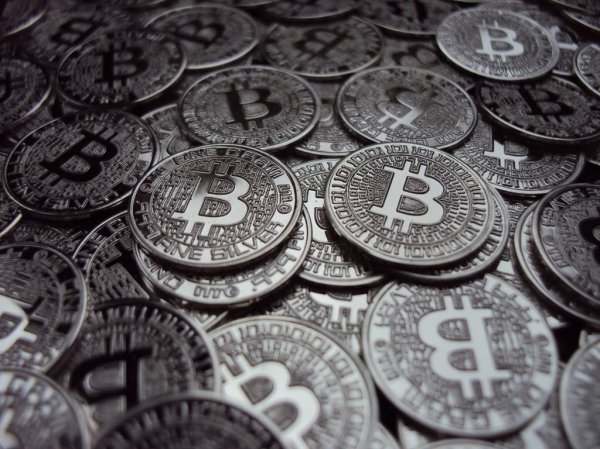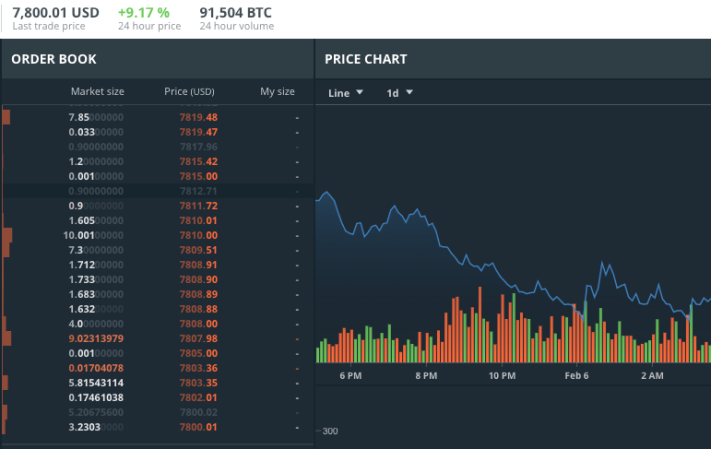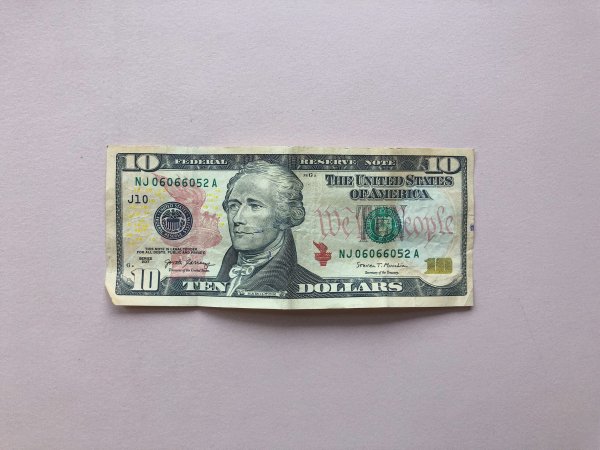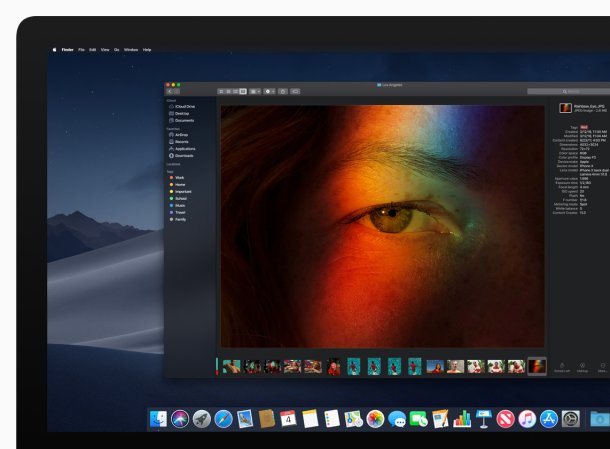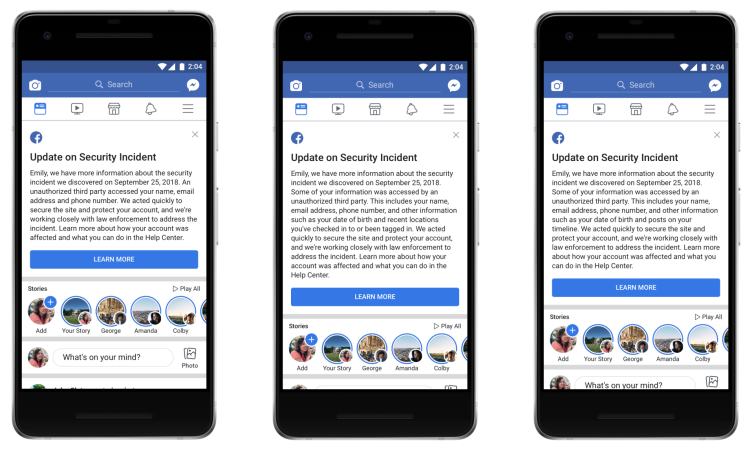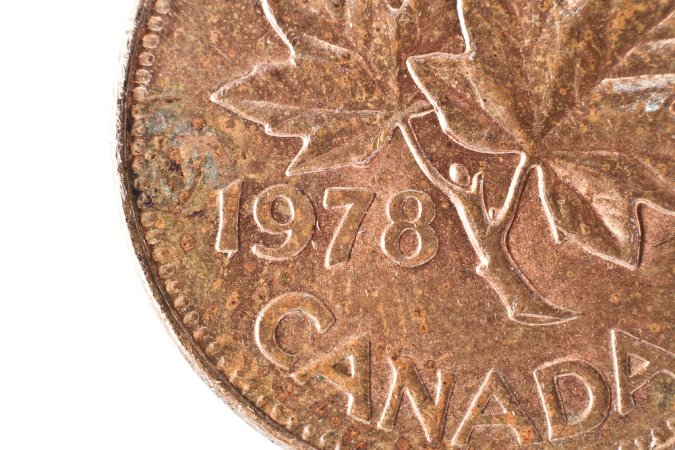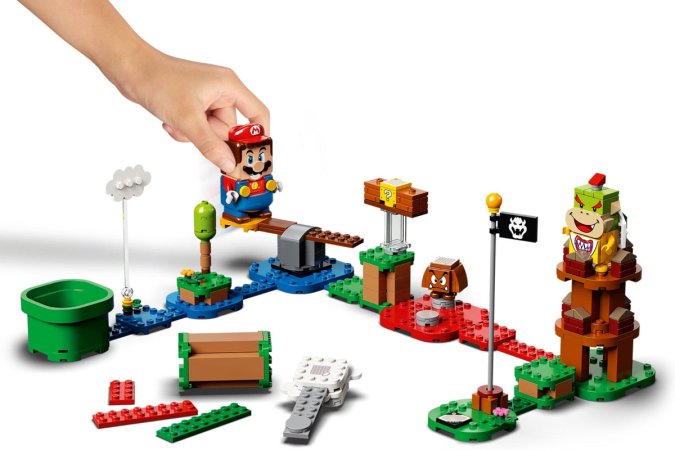

A group of Democratic House representatives introduced a new bill in Congress on Monday that, if passed, would direct the US Treasury to develop a pilot program experimenting with “an electronic version of the US Dollar for use by the American public.” This e-cash, or digital dollar, would be circulated by the Treasury, considered legal tender, and accepted everywhere. Since it would be issued by the Treasury instead of the Federal Reserve, it would not be a form of central bank digital currency (CBDC).
But like CBDCs, it’s meant to be a digitized form of money that works in the same way that paper money does currently. However, unlike CBDCs, which requires people to have a direct account with the government that they can access and draw funds from at any time, ECASH values would be stored on secured, government-authorized hardware devices locally, and peer-to-peer transactions are conducted between devices directly (possibly through radio waves). Advocates of the concept say that this form of digital cash would allow for greater financial inclusion, as it would be available to people who may not currently have a private bank account due to issues such as minimum balance requirements. Unlike with other electronic payments such as credit cards, merchants will not be able to add any transaction fees for e-cash.
Representative Stephen Lynch of Massachusetts, who is Chairman of the Task Force on Financial Technology, co-sponsored the bill, called the Electronic Currency and Secure Hardware Act (ECASH), along with his colleague from Massachusetts, Ayanna Pressley, and representatives Jesús Chuy Garcia of Illinois and Rashida Tlaib of Michigan.
[Related: Cryptocurrencies take center stage in President Biden’s new executive order]
The pilot program would consist of multiple phases to test the feasibility of an electronic cash design and whether it can be issued in a way that’s private and secure. According to the bill, electronic cash could enable “instantaneous, final, direct, peer-to-peer, offline transactions using secured hardware devices that do not involve or require subsequent or final settlement on or via a common or distributed ledger (like a blockchain), or any other additional validation by the United States Government or any other third-party payments processing intermediary.”
That means that transaction data from e-cash payments would not be collected, monitored, or retained by the US government or any third party intermediaries.
The first phase is to test out a variety of approaches with the goal of selecting two technologies for a larger “field test.” Based on a fact-sheet posted by Lynch, the pilot program would aim to test both a stored-value magnetic or pin card option (much like a debit card) and a cell phone-based SIM card option for storage and payment.
The conditions of the ECASH Act require the Treasury to issue open-source licenses for the hardware and software it uses in testing. Additionally, the bill would establish a Digital Dollar Council within the Treasury to coordinate with other US departments and agencies as needed.
[Related: Project Hamilton takes its first run at modeling a digital dollar]
This bill would complement similar efforts from the Biden administration at large. Notably, Biden’s executive order earlier this month not only discussed possible policies and regulations around digital assets like cryptocurrencies, but it also called for more information around the creation of a digital US dollar.
“With Russia, China, and over 90 countries worldwide already researching and launching some form of Central Bank Digital Currency, it is absolutely critical for the US to remain a world leader in the development and regulation of digital currency and other digital assets,” Lynch said in a press release. “This pilot program will also preserve a role in our financial system for smaller anonymous cash-like transactions which are currently transacted in physical dollars and which have seen a rapid decline in use.”
But developing the hardware technology, as well as the digital infrastructure to support it, will not be an easy task. The Massachusetts Institute of Technology and the Federal Reserve Bank of Boston ran an independent study around systems that would allow for digital dollars to be used, and they noted that in their experiment, certain policy goals clashed with one another in influencing how the system will work. “For example, if one policy goal was to maximize privacy, and the other is to stop criminal activity, those create conflicts from a technology perspective in how you design the system,” Boston Fed executive vice president Jim Cunha said in a press call in February.
Correction on March 31, 2022: This article previously misstated that e-cash is a form of CBDC. While both e-cash and CBDCs are government-issued digital money, e-cash would be issued by the Treasury and have a hardware-based architecture, but CBDCs would be issued by the Federal Reserve and have an account-based architecture.
